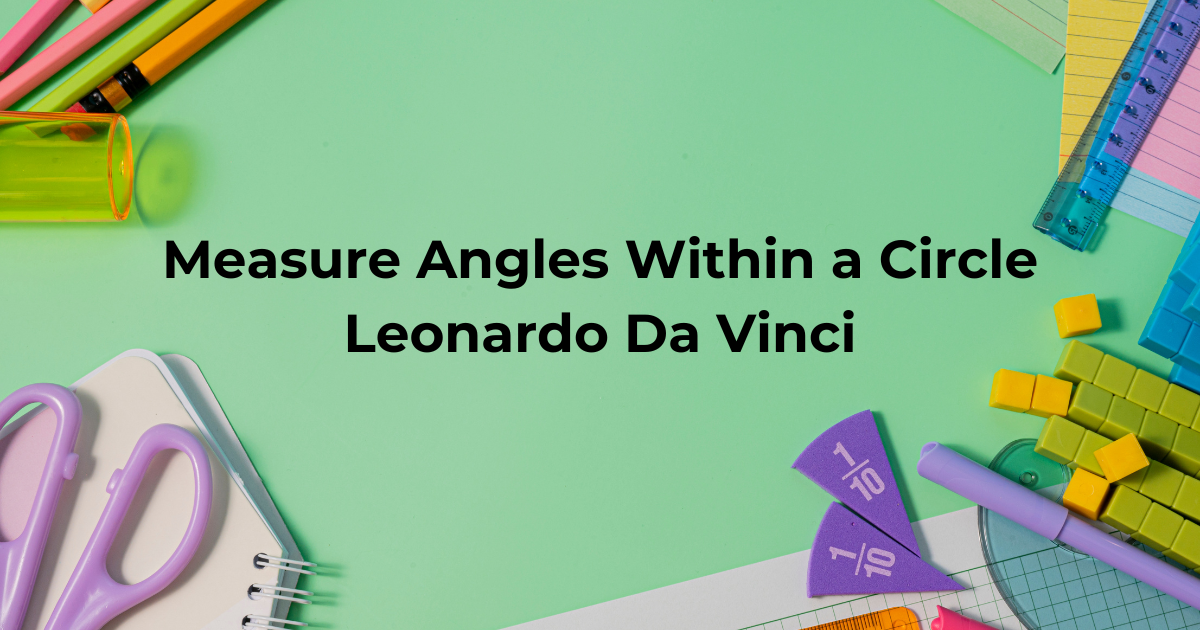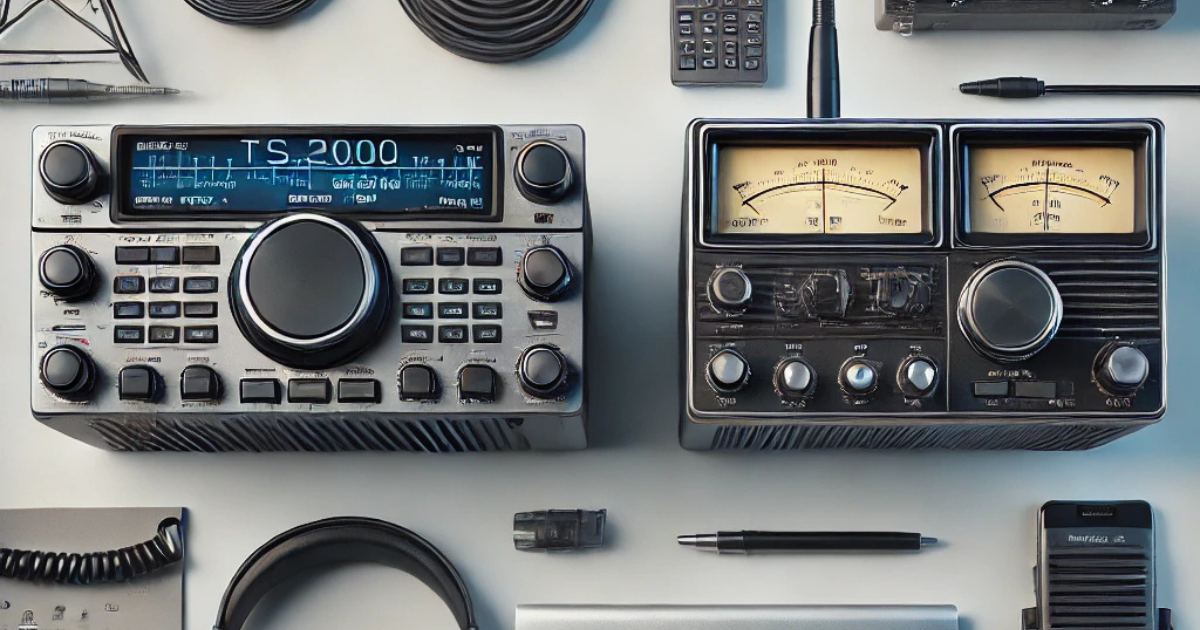Leonardo Da Vinci, known for his genius in art and science, also made significant strides in mathematics and engineering. One of his remarkable inventions was the Bussola to Measure Angles Within a Circle Leonardo Da Vinci Mathematical Tool. This tool, although not as famous as his paintings or anatomical sketches, represents Da Vinci’s deep interest in geometry and precision. The Bussola is an essential piece of his mathematical toolkit, showcasing his innovative approach to solving complex geometric problems. This article explores how Da Vinci used the Bussola, its design, and its impact on geometry and measurement.
Who Was Leonardo Da Vinci?
1.1 The Renaissance Genius
Leonardo Da Vinci was a polymath, excelling in numerous fields such as art, science, engineering, and anatomy. Born in 1452, Da Vinci’s contributions during the Renaissance revolutionized how we understand the world. His unparalleled curiosity led him to explore a variety of disciplines, and his inventive mind birthed concepts that were centuries ahead of their time. While he is primarily known for masterpieces like the Mona Lisa and The Last Supper, his explorations into mathematical concepts, such as the use of the Bussola to Measure Angles Within a Circle Leonardo Da Vinci, reveal a less-celebrated side of his genius.
1.2 Leonardo’s Mathematical Interests
Da Vinci’s love for mathematics went beyond basic calculations. He believed that understanding geometry was key to mastering the world around him. His interest in proportions, symmetry, and measurement translated into his creations, whether they were paintings or mechanical designs. Through his studies, Da Vinci sought tools that could aid in the accurate measurement of angles and proportions, leading to the development of the Bussola. This device would become a cornerstone in his geometrical studies.
The Bussola to Measure Angles Within a Circle: Leonardo Da Vinci
2.1 What is the Bussola?
The Bussola to measure angles within a circle is a simple yet revolutionary tool designed by Leonardo Da Vinci to measure angles accurately within a circle. It is a type of compass-like device that allows users to measure the angle formed between two lines originating from a common point. The tool consists of a circular scale, a pointer, and a rotating arm, which works by aligning the pointer with the circle’s edge. By adjusting the arm, the user can measure the angle between any two points on the circle. This tool was especially useful in Da Vinci’s studies of engineering and architecture.
2.2 Functionality of the Bussola
The Bussola operates on a straightforward principle but offers precision that was uncommon at the time. When measuring angles, the tool’s rotating arm allows users to align it with the points of interest on the circle’s perimeter. The scale engraved on the tool indicates the exact angle formed between these two points. By allowing Da Vinci to measure angles with remarkable accuracy, the Bussola played a vital role in his artistic and engineering works, ensuring precision in proportions and structures.
Also Read: ETSiosApp Release Date
The Mathematical Significance of the Bussola
3.1 A Key Tool for Geometry
In Da Vinci’s geometric explorations, the Bussola to Measure Angles Within a Circle Leonardo Da Vinci was crucial. Geometry was the language of his inventions, and the ability to measure angles precisely allowed him to understand complex shapes and structures. The Bussola helped Da Vinci explore the relationships between various geometric shapes, particularly circles, which were central to his designs. By having an accurate way to measure angles, Da Vinci was able to apply geometric principles to both his artwork and engineering projects, bringing precision to his work that was ahead of his time.
3.2 Influence on Later Mathematical Tools
The Bussola to Measure Angles Within a Circle Leonardo Da Vinci had a lasting impact on the development of measuring instruments. Da Vinci’s innovations in geometry and measurement helped lay the groundwork for future mathematicians and engineers. Tools like the compass and protractor evolved from the principles established by the Bussola. His work demonstrated how the precise measurement of angles could enhance both scientific inquiry and artistic expression, influencing subsequent generations of thinkers in fields ranging from astronomy to architecture.
Applications of the Bussola to Measure Angles Within a Circle
4.1 In Da Vinci’s Engineering Designs
Leonardo Da Vinci applied the Bussola to Measure Angles Within a Circle Leonardo Da Vinci in his mechanical and architectural designs. Many of his machines, such as the flying machines and intricate gear systems, relied on the accurate calculation of angles. The Bussola enabled Da Vinci to create these designs with precise measurements, ensuring that every component worked seamlessly. His use of the tool in these designs shows how the Bussola was not only an artistic instrument but a practical device for problem-solving in engineering.
Use in Art and Proportions
Da Vinci was also a master of proportion in art, and the Bussola to Measure Angles Within a Circle Leonardo Da Vinci was instrumental in his artistic creations. Understanding the angles between different components of his works allowed him to achieve harmony and balance in his compositions. For example, in his famous frescoes, Da Vinci utilized the precision of the Bussola to ensure that figures were proportionally correct and visually pleasing. The Bussola helped him measure the angles between elements, achieving a sense of perspective that added realism to his paintings.
Conclusion
Leonardo Da Vinci’s contributions to mathematics, particularly his invention of the Bussola to Measure Angles Within a Circle Leonardo Da Vinci, continue to resonate in modern science and art. His innovative tools were not just for the artists and engineers of his time; they paved the way for future generations. The precision and understanding Da Vinci brought to his work through the Bussola show that he was more than just an artist—he was a visionary mathematician whose inventions were far ahead of his era. Today, his legacy lives on, inspiring engineers, artists, and mathematicians alike to continue exploring the intersection of creativity and precision.
Da Vinci’s Bussola to Measure Angles Within a Circle Leonardo Da Vinci may have seemed like a small innovation, but its impact on the fields of geometry and engineering has been profound. By combining art with science, Da Vinci demonstrated that mathematics is not just a tool for calculations but a gateway to understanding the beauty and complexity of the world around us.










